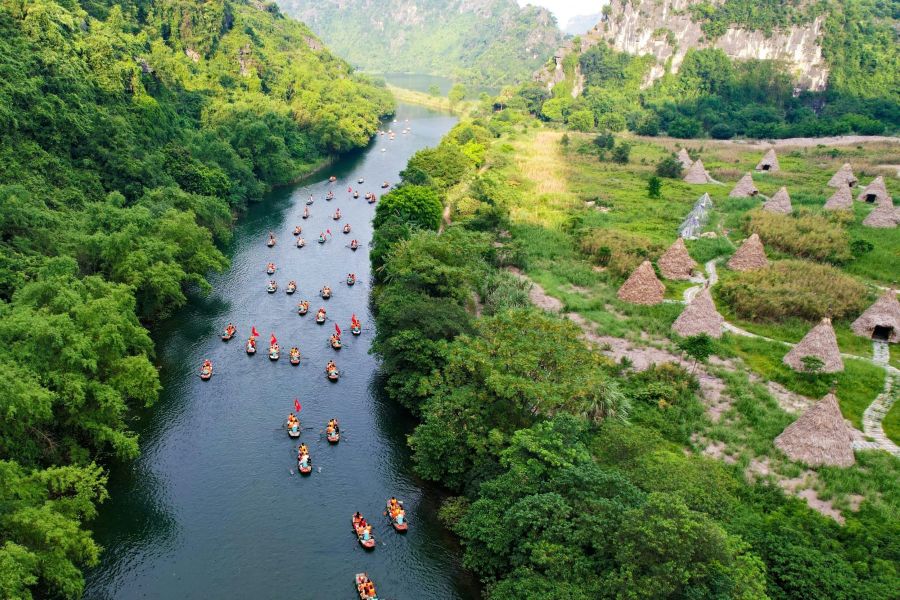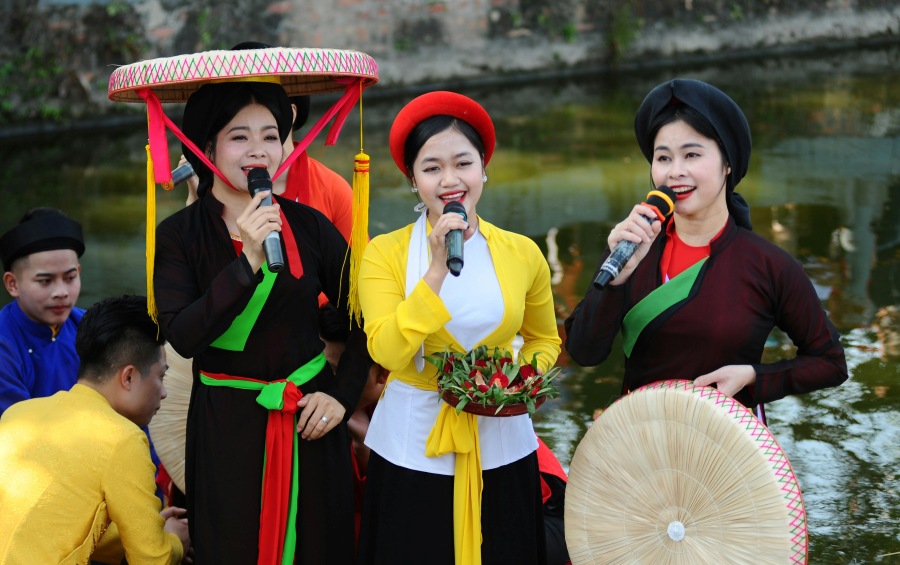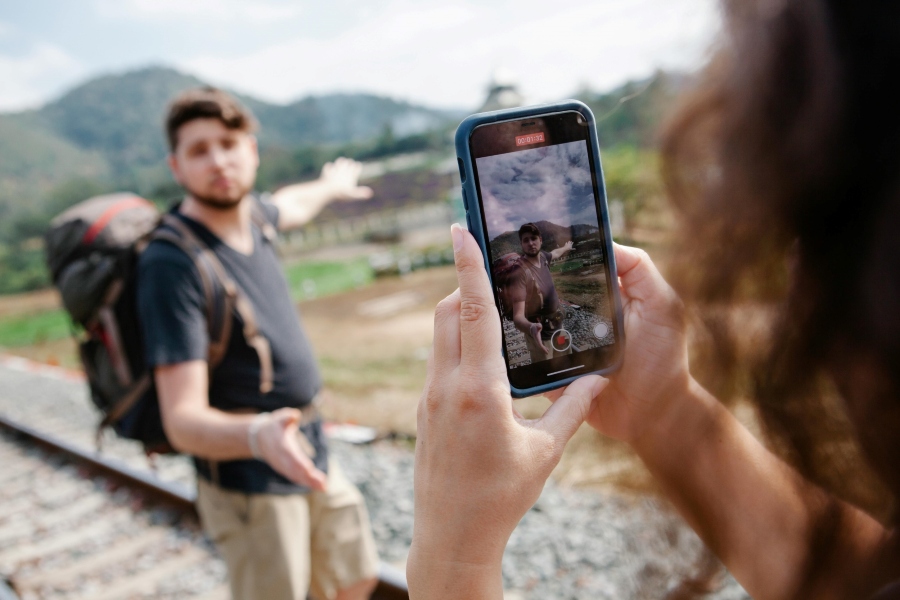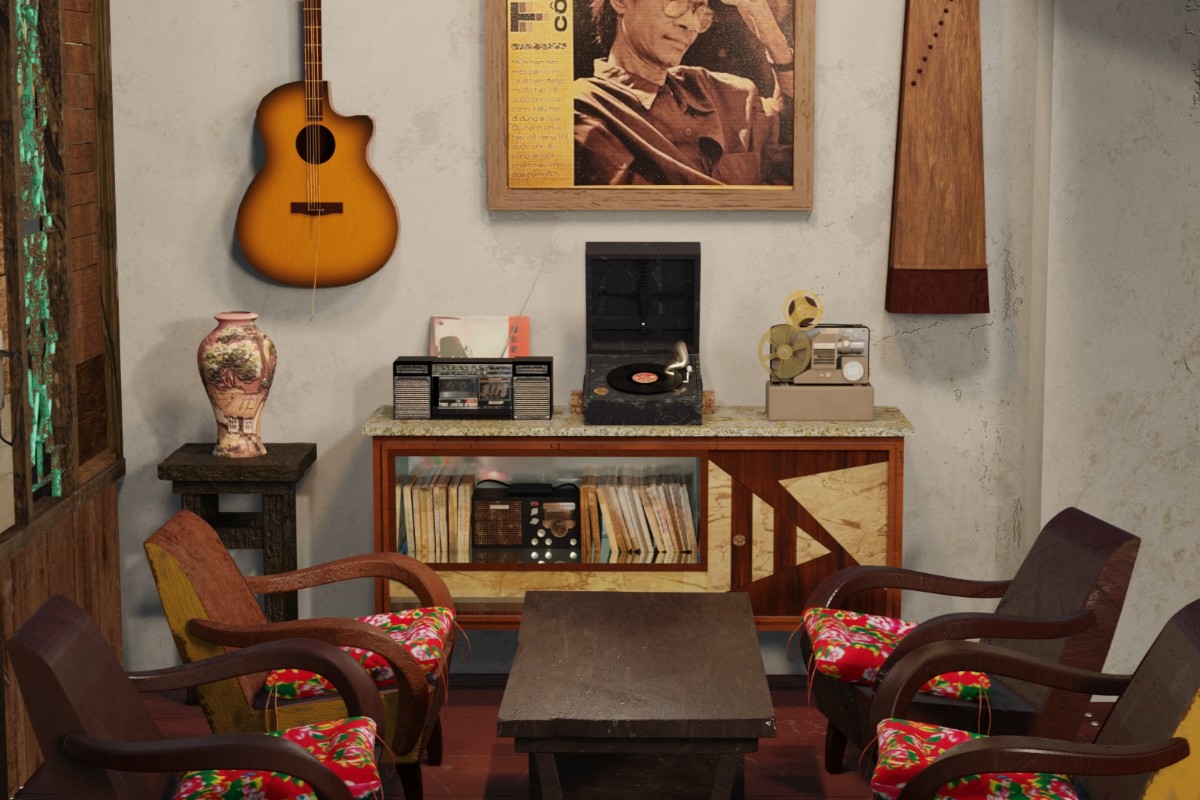Soft power – the ability to influence via attraction and persuasion instead of compulsion – plays a key role in shaping a nation’s global appeal and cultivating goodwill. Following Vietnam’s remarkable inbound tourism growth in 2024, which reached 17.5 million visitors (surpassing Singapore and marking a year-on-year increase of 39.5%), the country is facing an important turning point.
To further boost its appeal and build deeper connections with global tourists, Vietnam should strategically focus on developing its burgeoning film and music industries as new flagship cultural exports. In an increasingly digital world, these art forms offer an unprecedented opportunity to introduce Vietnam’s rich culture, stunning landscapes, and dynamic spirit to audiences worldwide.
Cinema: A gateway to showcase Vietnamese culture and landscapes to the world
The big screen has the unique power to transport viewers to different worlds, shaping their perceptions and evoking a desire for firsthand experience. The potential for Vietnam has been revealed through internationally recognised films, where the local landscapes, and to some extent, the Vietnamese culture are prominently portrayed.
A Tourist’s Guide to Love (Steven K. Tsuchida, 2023) attracted huge attention from global audiences, surpassing 34 million hours watched on Netflix after circa 10 days of release and reaching the top 10 films in 89 countries and No. 1 in 19 countries. The Hollywood production conveyed the beauty of the local landscapes, people, and culture in six key locations: Hanoi, Ho Chi Minh City, Da Nang, Hoi An, My Son, and Ha Giang.
Similarly, the spectacular view of Ha Long Bay and other locations in Kong: Skull Island (Jordan Vogt-Roberts, 2017) created a big wave of interest from global audiences, grossing over $US568 million worldwide. After the film was released, filming locations in Quang Binh, Ninh Binh, and Quang Ninh emerged as new tourism magnets. In February 2017, the number of international visitors to Vietnam reached nearly 1.2 million, an increase of 42.2% year on year.
Meanwhile, The Quiet American (Phillip Noyce, 2002), managed to portray colonial Vietnam through a lens of poetic cinema despite having a complex historical context. Recently, the film Song of the South (Đất rừng phương Nam) (Nguyen Quang Dung, 2023) also drew the attention of domestic and international audiences with its majestic scenes and portrayal of the rich Mekong Delta culture.







